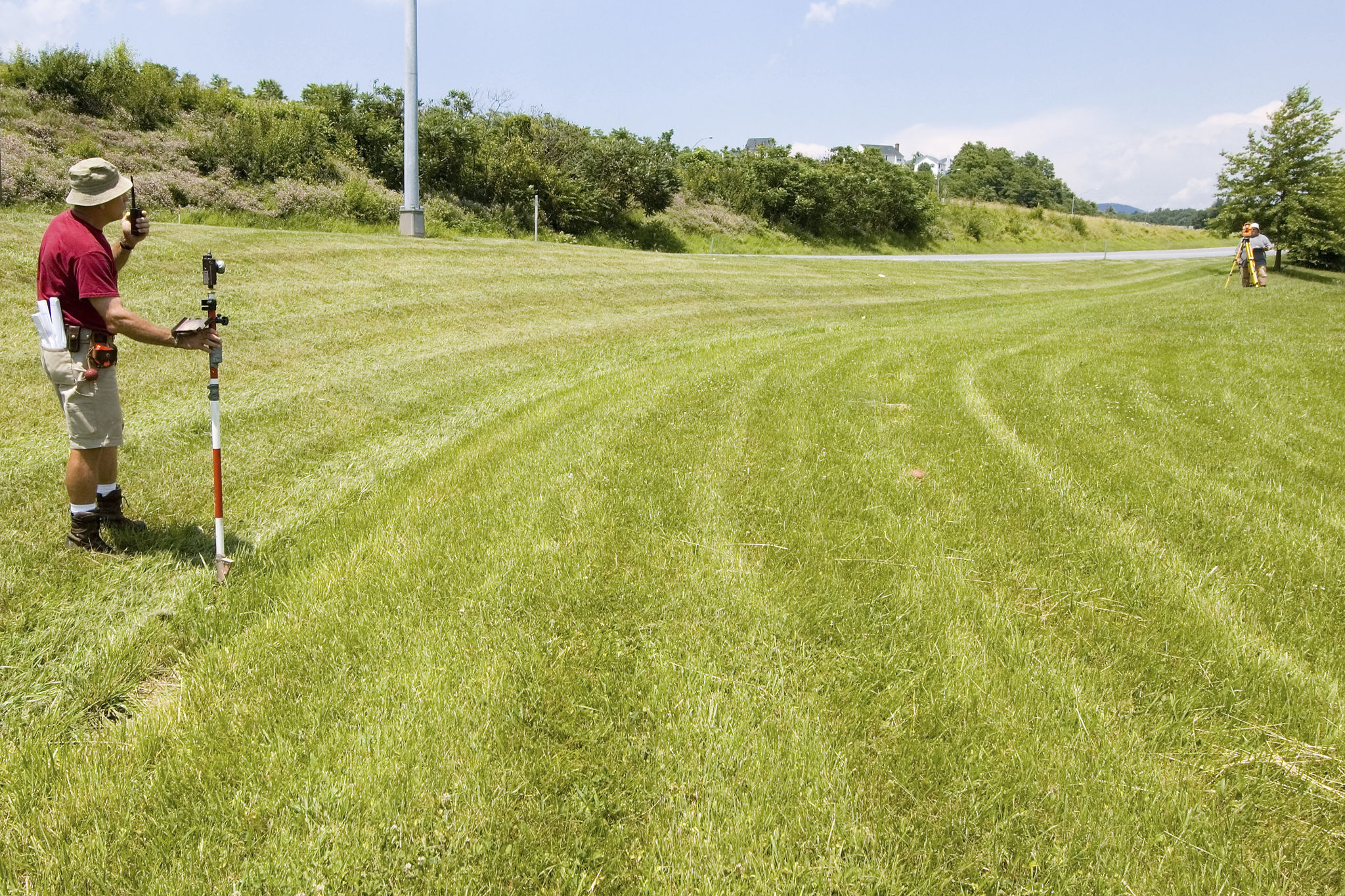Breaking Down the Perfect Golf Swing: Step-by-Step Tutorial
Understanding the Basics of a Golf Swing
The perfect golf swing is a harmonious blend of technique, balance, and rhythm. Whether you're a beginner or an experienced golfer looking to refine your skills, understanding the fundamentals is crucial. The journey to mastering your swing begins with a few essential elements: grip, stance, and posture.
Your grip is your only connection with the club, and it should be both firm and comfortable. The Vardon grip, widely used by professionals, involves placing the pinky finger of your trailing hand between the index and middle fingers of your lead hand. Your stance should be shoulder-width apart, with knees slightly bent for balance. Posture plays a key role; bend from your hips and keep your back straight to allow for a smooth, controlled swing.

The Importance of the Backswing
The backswing is where you store up energy for a powerful shot. As you initiate the backswing, rotate your shoulders while keeping your arms straight. Imagine winding up a spring; the tension builds as you reach the top of your backswing.
Maintain a smooth transition by avoiding any jerky movements. Your weight should gradually shift to your back foot, with your front knee slightly bending inward. This position sets you up for an effective downswing, ensuring maximum power and accuracy.
Mastering the Downswing
The downswing is where you release the stored energy from the backswing into the ball. Begin by shifting your weight to your front foot while rotating your hips towards the target. This movement should feel natural and fluid, like a pendulum swinging in motion.
Your arms will follow, dropping into position as you maintain a steady grip on the club. Focus on keeping your head down and eyes on the ball to enhance precision. The key is to let your body guide the clubhead naturally through impact without forcing it.

Impact and Follow-Through
At impact, your hands should be slightly ahead of the clubhead, ensuring solid contact with the ball. This position helps maximize distance and control. It's important to maintain a square clubface through impact to avoid slicing or hooking the ball.
Your follow-through is just as crucial as any other part of the swing. Allow your body to fully rotate, with your chest facing the target and weight resting on your front foot. A complete follow-through not only adds power but also helps prevent injury by reducing strain on your back.
Common Mistakes to Avoid
While mastering the perfect golf swing takes practice, being aware of common mistakes can help you improve faster. Avoid gripping the club too tightly, as this can lead to tension and hinder fluid motion. Additionally, keep an eye on your alignment; improper stance can result in wayward shots.

Practice Drills for Improvement
Incorporating practice drills into your routine can significantly enhance your swing consistency. Try using alignment sticks to ensure proper stance and aim. Another effective drill involves swinging with a towel under your arms to promote body rotation and prevent "casting" or premature wrist release.
Remember, repetition is key in building muscle memory for a consistent swing. Dedicate time to practice these drills regularly and watch as your golf game improves.
Conclusion
A perfect golf swing is not achieved overnight but through dedication, practice, and a willingness to learn. By focusing on each component of the swing—grip, stance, backswing, downswing, impact, and follow-through—you can develop a more effective and reliable technique.
Whether you’re on the course or at the driving range, keep these steps in mind and enjoy the process of refining your skills. With patience and perseverance, you'll find yourself swinging like a pro in no time.